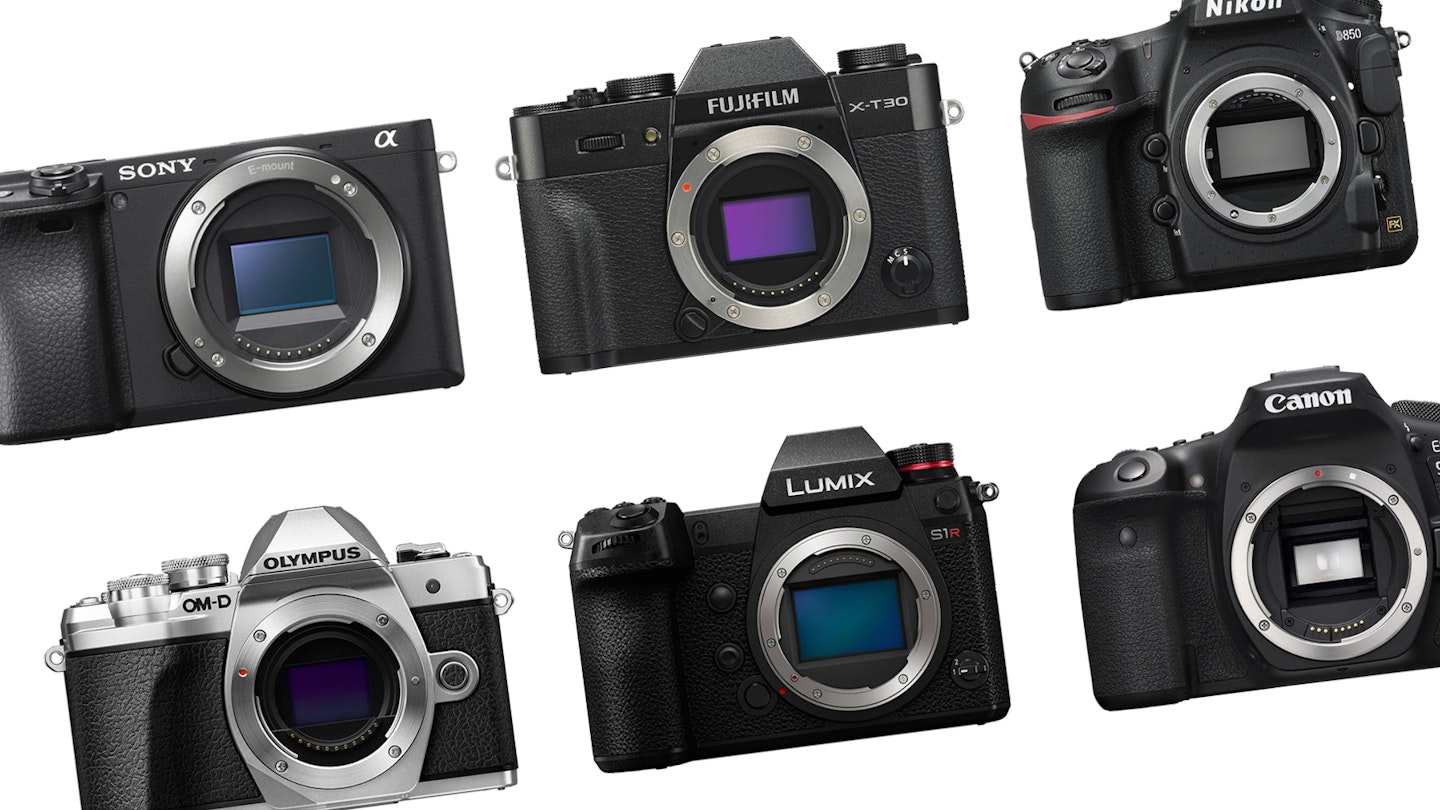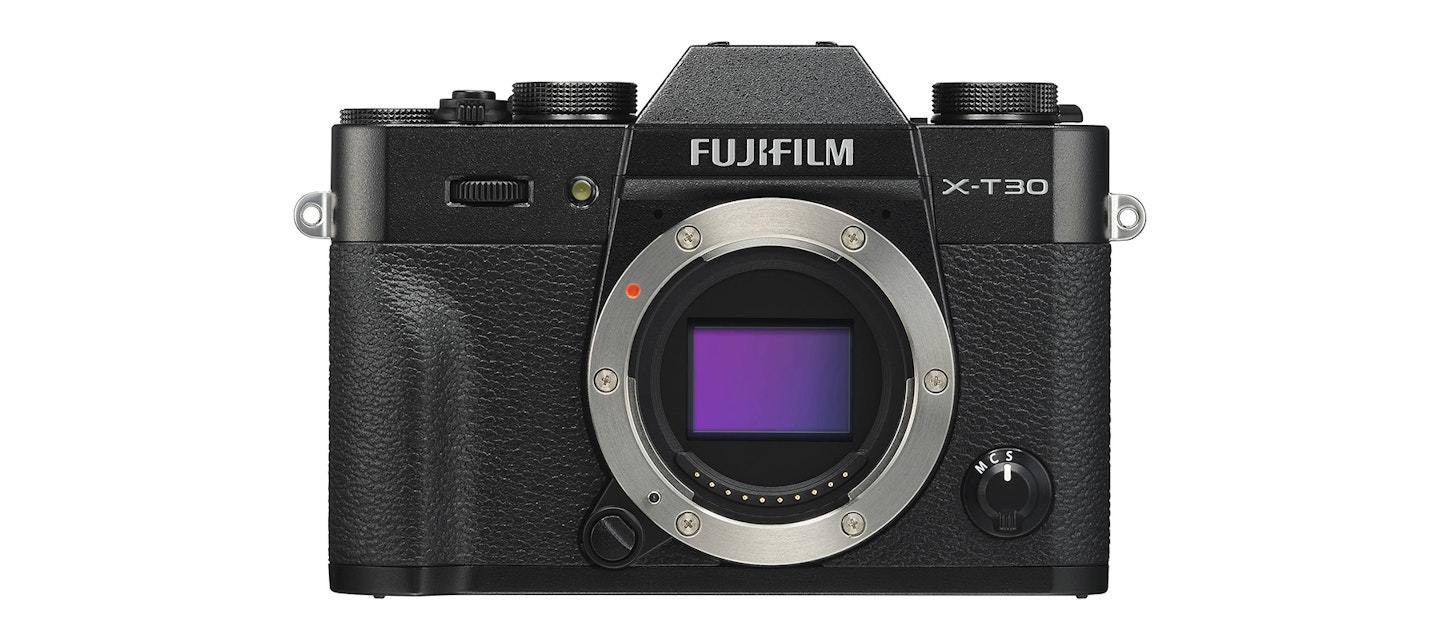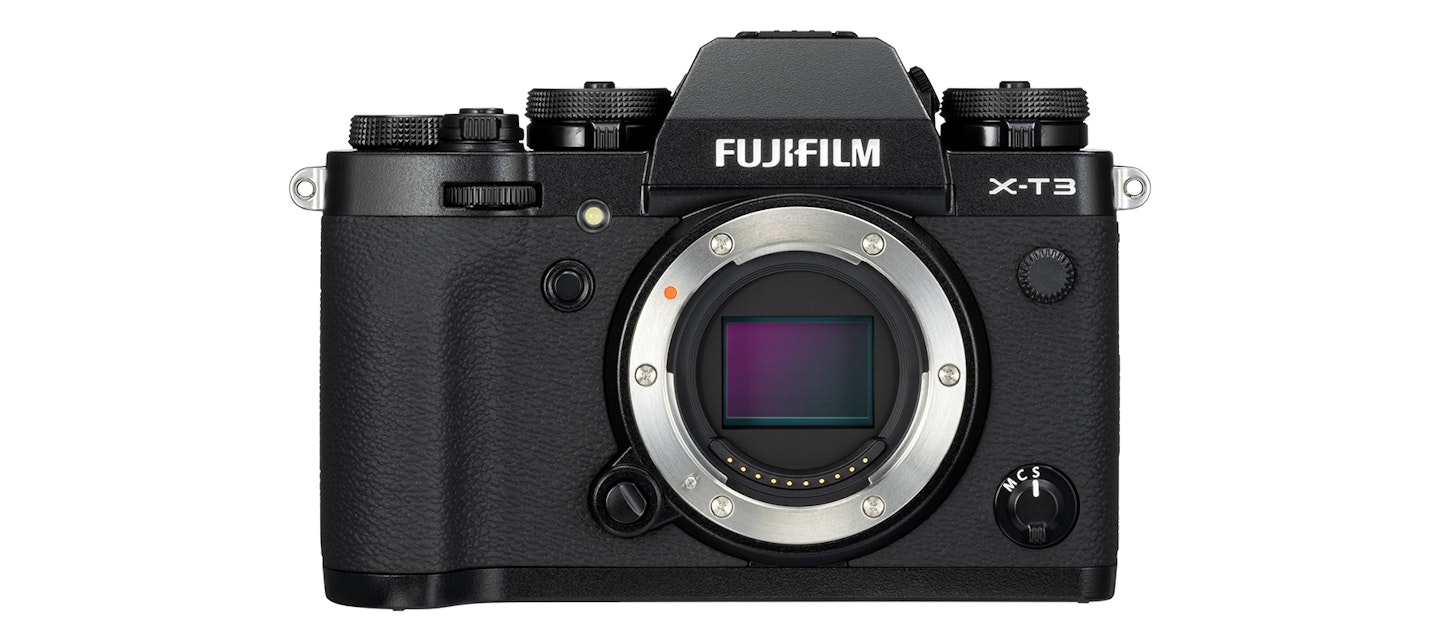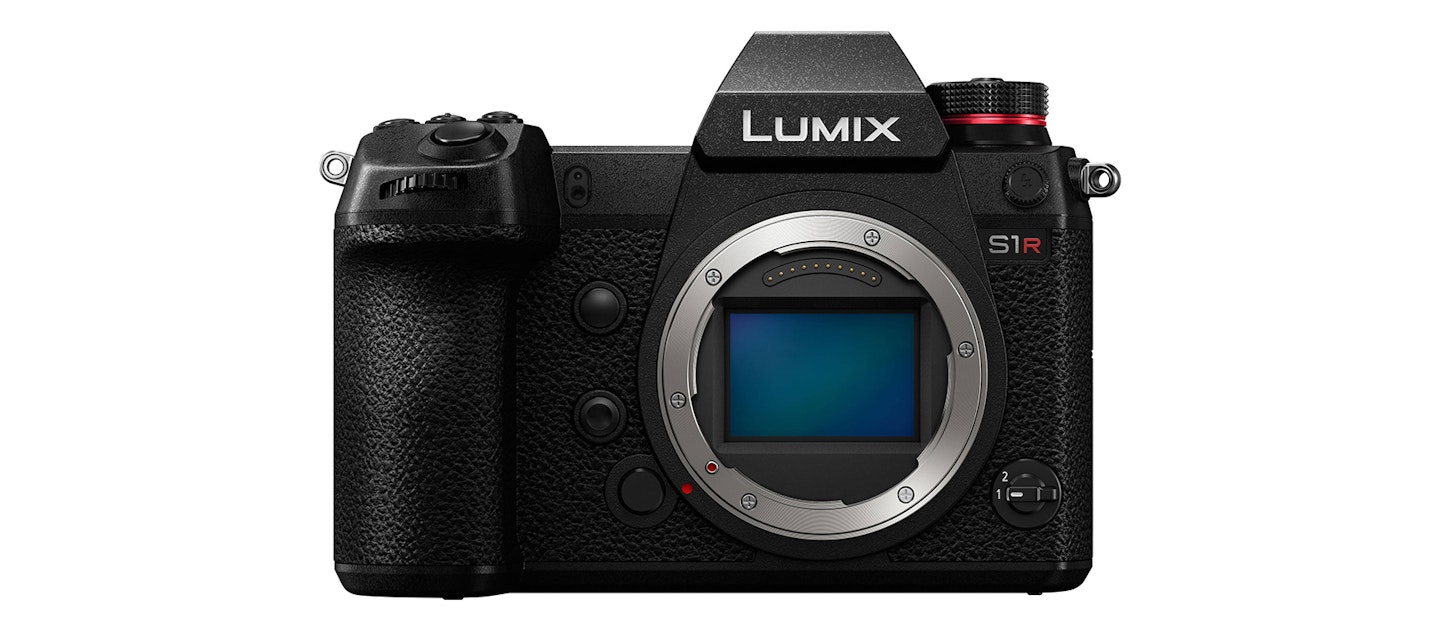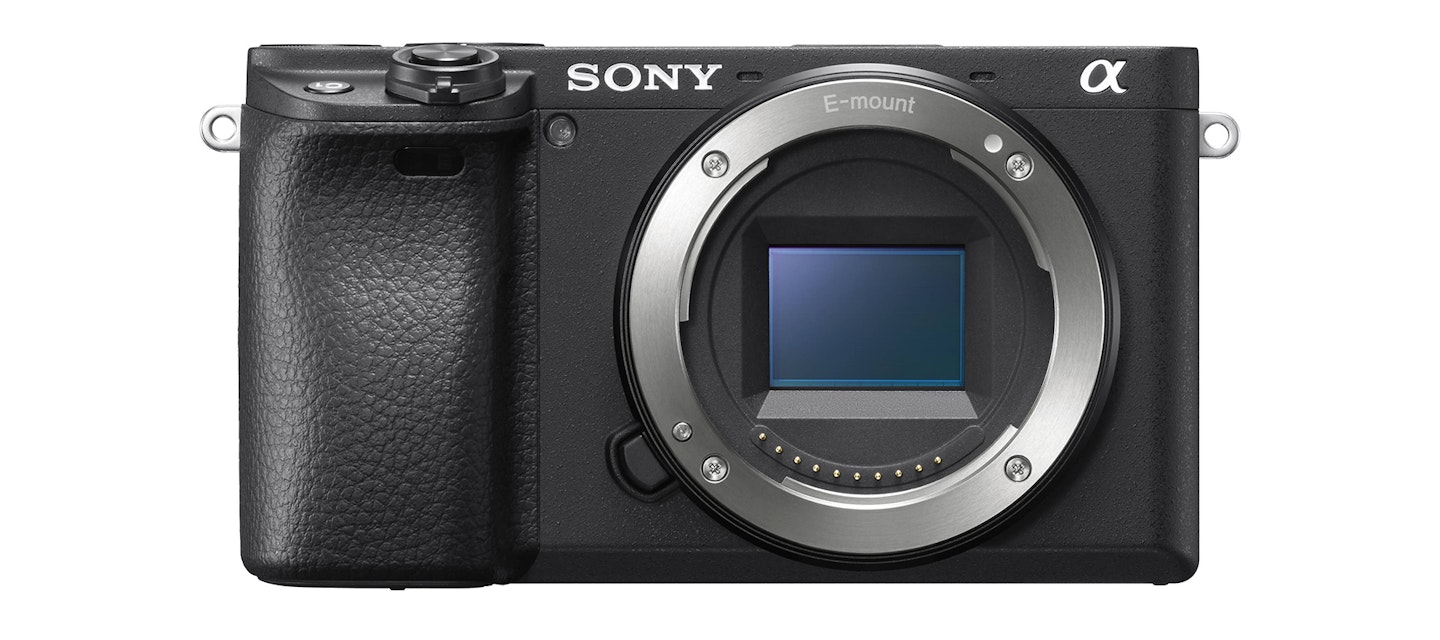Digital is not only the in-word with middle management and marketeers the globe over, it’s also a way of life. Whether you’re watching TV, listening to your favourite radio station or taking photos - it’s probably on a digital device. And it's probably been shot on one of the best cameras.
Cameras are no exception. Having been the main stay for over a decade, DSLRs, and more recently, mirrorless cameras have been on a blazing path of innovation. Resolution has been firmly on the rise, continuous shooting speed is faster than ever and low-light performance puts film in the shade. You can even review your shots as you take them, or in the case of mirrorless cameras using electronic viewfinders which show your exposure, before you take them.
Related: The best photography deals right now
Of course, as with film cameras, choosing the one that’s right for you isn’t easy. That said, each manufacturer has more than enough standout options that are perfect for you, whatever your genre.
In this list, we’ll be taking a look at a range of digital cameras, whether DSLR or mirrorless and bringing you our top two picks from the major manufacturers for enthusiasts and professionals alike.
Best digital cameras
For our money, the 45.4MP full-frame is the pinnacle of DSLR technology. With an ultra-high resolution sensor and exceptional clarity, the D850 rocks a 64-25,600 ISO range, a 153-point AF system and one of the toughest bodies on our list. The colour tones are stunning, and the near 15-stop dynamic range is as good as it gets. The RAW files are also highly versatile and allow you to pull a great amount of detail in post-processing.

A versatile camera with truly impressive performance for its size and price. Its ability combined with access to Fujifilm's X-Mount lens range makes it a very enticing packing for beginners and experienced users alike. There are Film Simulation modes too. You select these using the dial on the left and include modes such as Velvia that adds high-contrast colours. It's something you'd often use for landscapes in order to make the natural colours more, well, vivid.
Read our full Fujifilm X-S10 review
With a slimline profile, lightweight construction and range of portable lenses, the E-M10 is a beloved travel companion that won't break the bank. You'll find a tried and trusted 16.1MP Live MOS Micro Four Thirds sensor, backed up by a TruePic VIII processor that offers an ISO range of 200-25,600, continuous shooting speed of 8fps - ideal for everyday action shots - and 121-points of phase detection autofocus. You'll find a range of 25 Scene Modes, such as Portrait, Landscape and Macro, and the Advanced Photo Modes, such as Live Bulb and live Composite are ideal for creative photography effects.
Bridging the gap between enthusiast and pro, the 90D packs a high-resolution 32.5MP APS-C sensor and Digic 9 processor. It belts out images at 10fps, is the first Canon APS-C to offer uncrossed 4K video and gives you an ISO range of 100-25,600 - perfect for working in the dark. There's a 45-point AF system, Vari-Angle 3in 1040k-dot touchscreen and traditional Canon ergonomics.

A largely metallic construction makes it feel solid in the hand despite its toy-like proportions. There's also a touchscreen at the back – which isn't as useful as it sounds: The Sony A7iii sticks with a tilt screen, so its effectiveness will vary depending on the type of shooting you do. If you're looking for a solid entry to the mirrorless, full-frame world – and one that comes with a thriving ecosystem of glass – you could do much worse than the Sony A7iii. Sure, there's almost certainly an improved A7iv on the way – but whether you'll need its extra features is another story.
Read our full Sony A7iii review
Taking pride in place in Sony's pro line-up, the A7R IV is the highest resolution full-frame on the market, clocking in at 61MP of resolving power. You'll find the same 100-32,000 ISO range as the A6400, as well as 10fps continuous shooting speed - no mean feat for such high files. There's a 5-axis image stabilisation system that offers 5.5-stops, a stunning 5670k-dot EVF and Pixel Shift Multi Shooting that moves the sensor to capture 240MP worth of images that you can stitch into one mega-shot. As well as the Animal and Eye AF, plus the Real-Time tracking updates, you'll find a 567-point phase-detection system that covers 99.7% of the vertical frame and 74% of the horizontal.
The EOS M50 MkII is number three out of a four-camera line-up that forms Canon's range of APS-C mirrorless cameras. The EOS M50 MkII is a small thing, especially for a camera with a medium-sized APS-C sensor. The EOS M50 MkII is about the same size as an Olympus OM-D E-M10, which uses a smaller Micro Four Thirds sensor. The EOS M50 MkII is a good camera in its own right, certainly for beginners. And the price is attractive. The compact size counts for a lot too. You really can pop it in your pocket if want to and have one of the compact lenses fitted.
Read our full Canon EOS M50 MkII review
One of the best all-around camera releases of the year, the X-T30 is a slimmed-down X-T3, which keeps features at its heart, while offering a compact, travel-ready body that's sure to please the free-spirited among us. You'll find an X-Trans 4 BSI 26.1MP APS-C sensor, wealth of physical controls, including shutter speed dial and rear joystick, and rapid 30fps Sports Finder continuous shooting, which exports 16MP images - great for action. You'll also find Film Simulation modes, a must for any Fujifilm shooter, they apply a range of colour profiles based on old film stocks.
Like the X-T30, only even more. The X-T3 boasts the same brilliant 26.1MP BSI X-Trans 4 and X-Processor 4 engine, as well as a 425-point phase-detection AF system and an array of Film Simulation modes. The body has a little more heft, not to mention extra controls, though retains the ultimate in retro film appeal. There's still the 30fps continuous Sports Finder mode or 8fps with the mechanical shutter, and a solid 425-point phase-detect AF system with brilliant Eye AF. You also get an ISO range of 160-12,800, and phenomenal 4K video features, including the ability to film F-Log, 4K at 60fps and even 4:2:2 10-bit out.
The company's first venture into full-frame mirrorless, the S1R is a high-resolution CSC that boasts a 47.5MP CMOS sensor for the ultimate in detail and clarity. It's got a 14-stop dynamic range and great colour science that pairs perfectly with the 225-point DFD contrast-detect AF to capture shots effortlessly. The ISO range of 100-25,600 does a great job when working in low light, while the AF is rated to focus down to -6EV with enough contrast. Framing up can be done via the 3.2in 2100k-dot triaxial tilting touchscreen or the stunning 5670k-dot EVF, and a 5.5-stop image stabilisation system helps with shooting when the sun goes down.
The pinnacle of Olympus's camera technology, the E-M1X is the company's pro-spec sports shooter that's aimed at all action enthusiasts. You'll find a 20.4MP Live MOS Micro Four Thirds sensor, backed up by dual TruePic VIII engines that offer a rapid 18fps continuous shooting speed, 121-point phase detect AF system, with customisable grouping and train, plane and automobile recognition, and 287 image buffer. You'll find world-class weather sealing, and a phenomenal class-leading 7.5-stops of in-body image stabilisation. One aspect that really lends the Micro Four Thirds system to action is the 2x crop of the sensor, giving your lenses double the effective focal distance - ideal for capturing the opponent's try line.
The Canon EOS R6 is a full-frame mirrorless camera that is designed for people who know what they're doing. For a full-frame camera, the sub-700g weight including the battery is very impressive. The handgrip gives you the confidence to grasp the EOS R6 firmly and without fear of disastrous slippage. There are three control dials, one near the shutter button, another on the top, and the third on the back next to the screen.
Read our fullCanon EOS R6 review
A semi-pro APS-C DSLR, the D500 is tough as old boots and boasts a 1.5x crop to give your pro-level lenses even more reach. The 153-point phase detection Af system is straight from the D5, and you're able to capture 10fps up to 200 RAWs. A 20.9MP sensor is capable of capturing the action, even in darker conditions thanks to a 100-51,200 ISO range, and the cinematic 4K is a great addition for hybrid shooter.
A pocket dynamo, the A6400 is an APS-C Sony that packs a wealth of updated features, appealing price and compact form that's beloved by casual shooters. There's a 24.2MP sensor and Bionz X engine that allows for an ISO range of 100-32,000 and rapid 11fps continuous shooting speed. Sony's latest focusing algorithms are present, including Real-Time tracking, Eye AF and even Animal AF. The 180 degree flip-up LCD is great for blogging, and 4K video makes it a great camera to rock on then end of a gimbal.
Kirk Schwarz is one of our resident tech experts. A tech-addicted photographer with more than a decade's experience, Kirk's used to putting new gear through extreme field-testing.
Subscribe to the What’s The Best Newsletter to keep up to date with more of the latest reviews and recommendations from Kirk and the rest of the What’s The Best team.
